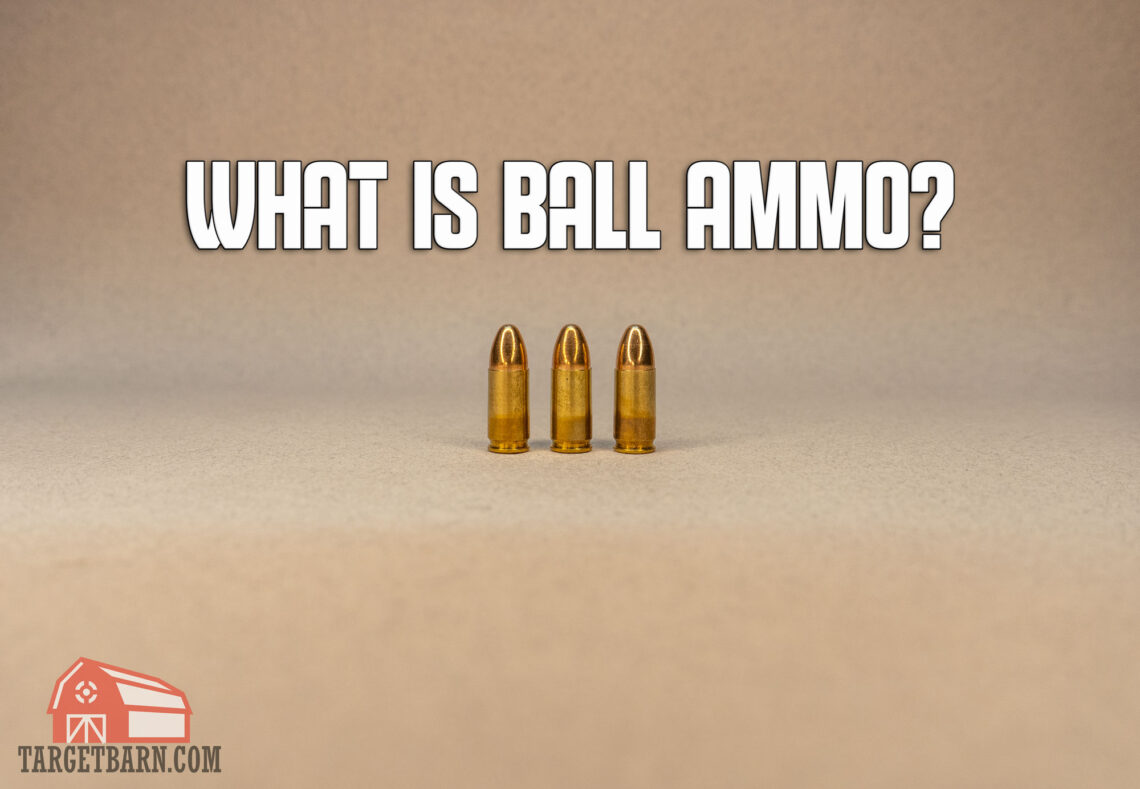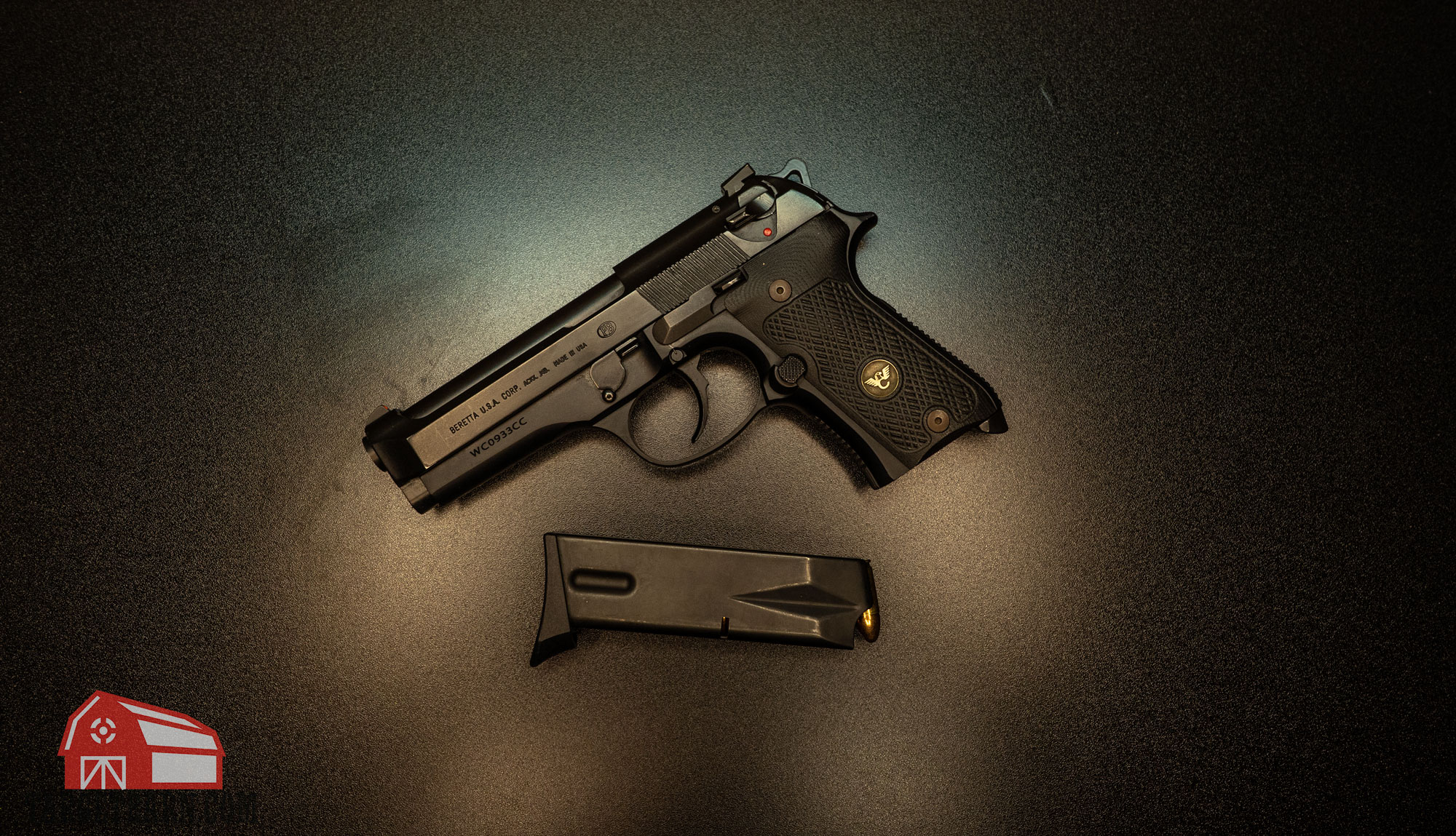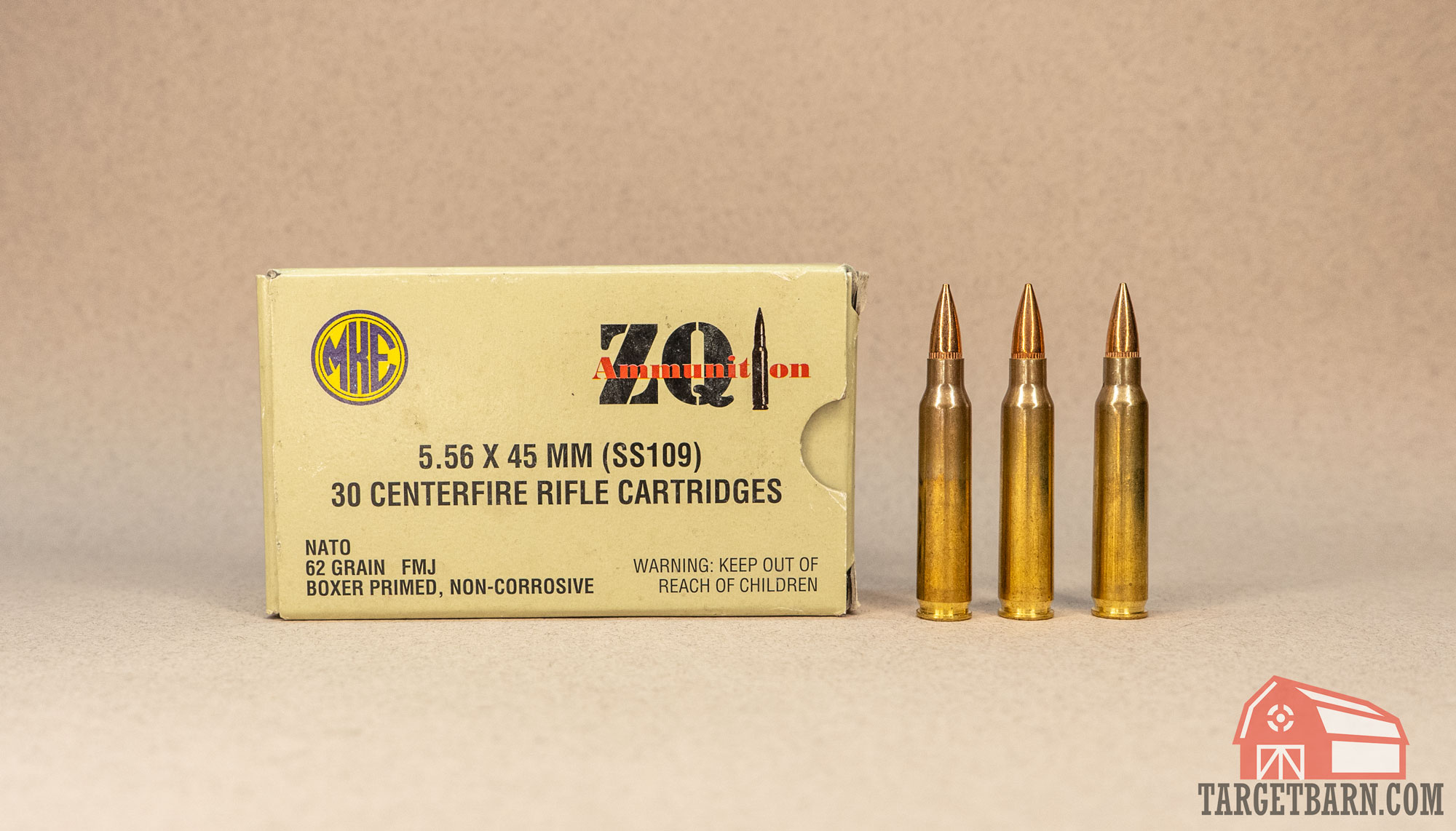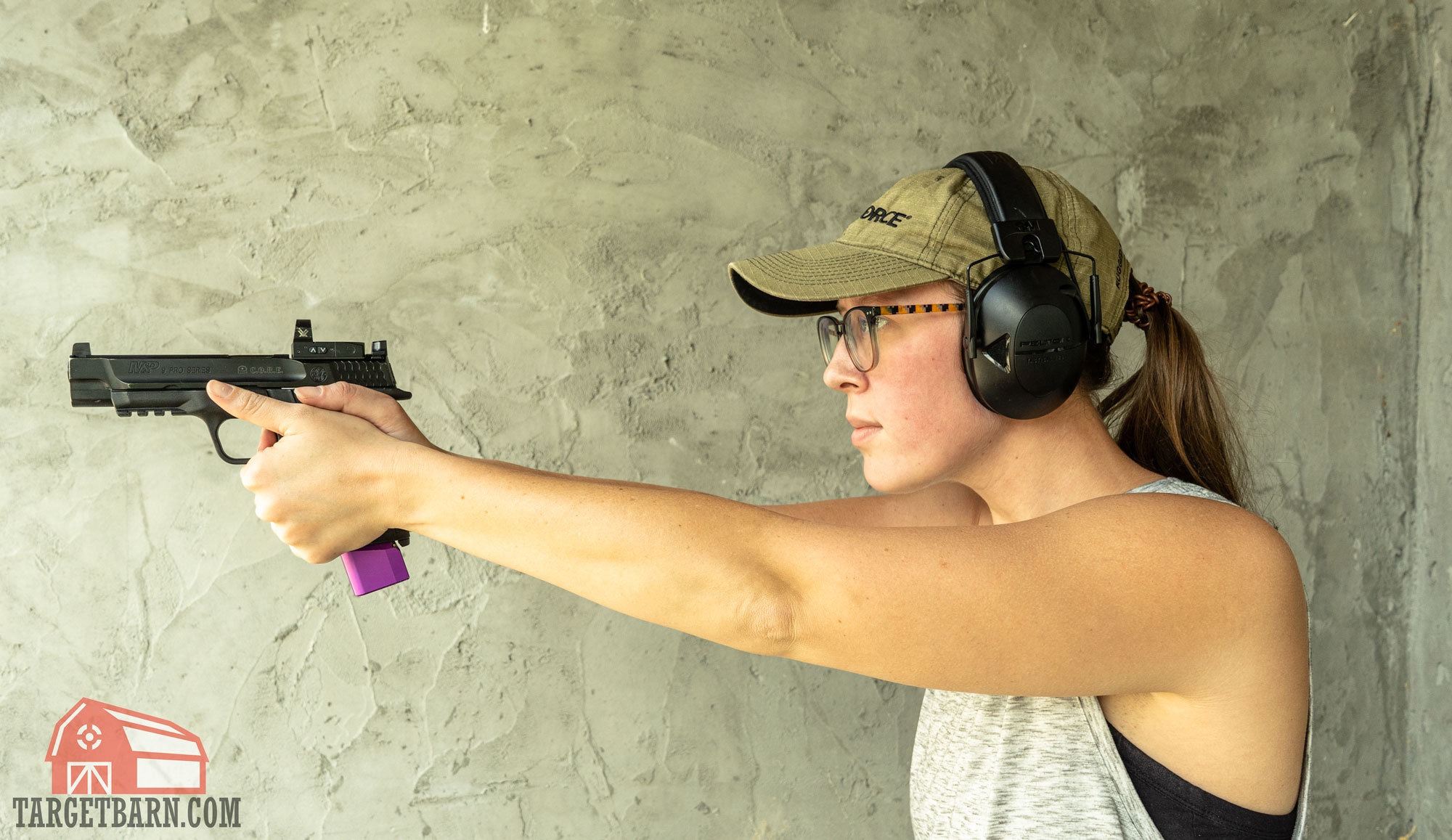The first time you hear of “ball ammo,” you might assume it’s the less-lethal rubber ball shotgun shells riot police use to quiet down rioters. Good guess, but that’s not correct.
Don’t worry, though — we’re here to clear up the confusion. Let’s take a look at what ball ammo is and when you should use it.
What Is Ball Ammo?
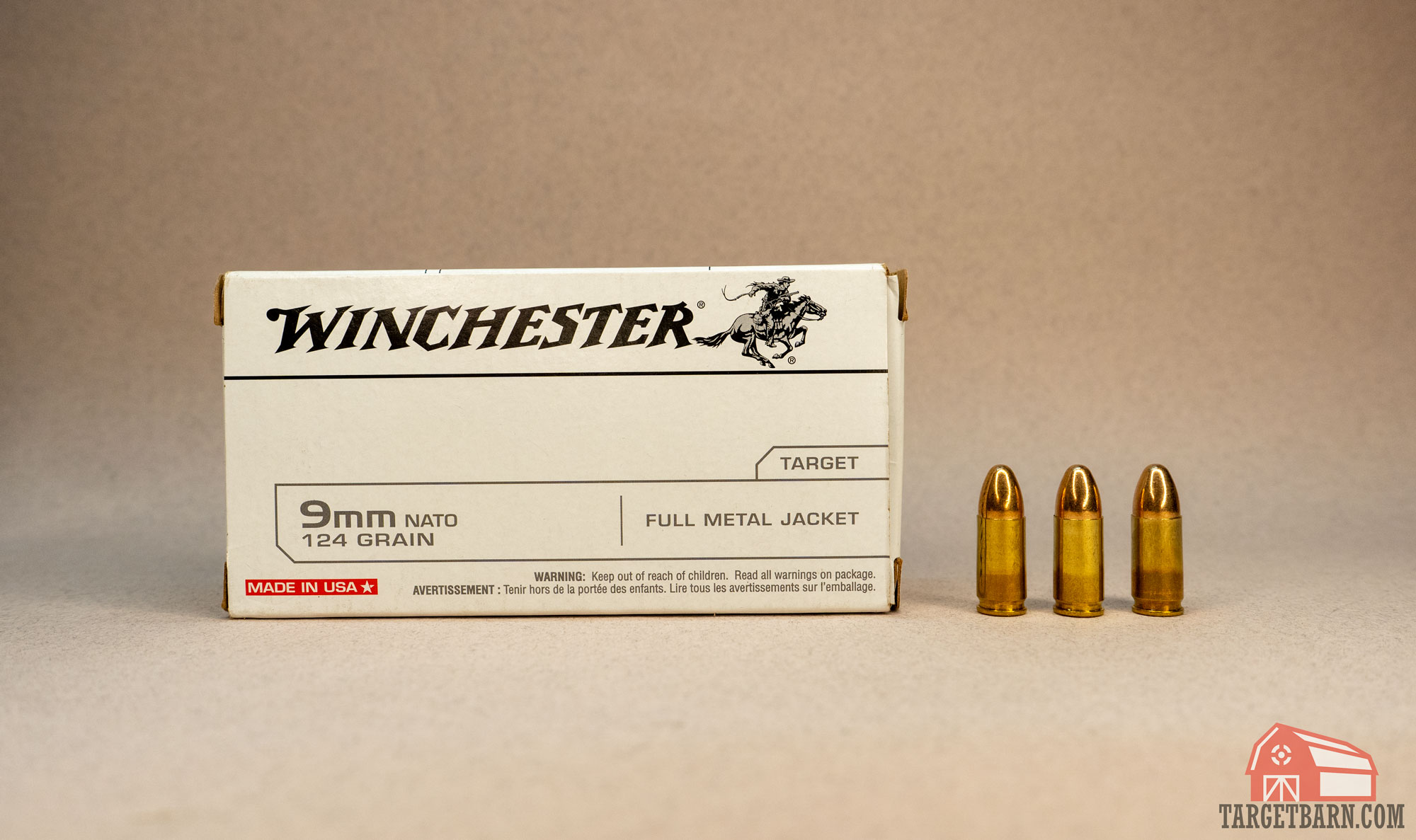
Ball ammo is the U.S. Armed Forces’ general-purpose training and combat ammo, loaded with non-expanding, full metal jacket (FMJ) projectiles. When the word “ball” appears on ammo’s packaging, that usually indicates it is military surplus. But the military hasn’t monopolized the word. Ball ammo is FMJ ammo, plain and simple. An FMJ bullet has a lead core and metallic (usually copper alloy) shell which encompasses everything but its base.
Americans most commonly associate the term “ball ammo” with the basic ammo the Armed Forces issue for training and field use. Examples of military ball ammo include 9x19mm 124gr FMJ, 5.56x45mm 55gr FMJ, and 12.7x99mm 660gr FMJ.
The military has other, more specialized cartridges, such as 5.56mm MK262 Mod 1 (long range) and 12.7x99mm M20 (armor-piercing incendiary tracer). These rounds aren’t ball ammo.
Ball ammo isn’t necessarily military surplus. It is just a different way to refer to FMJ ammo. “Look,” you can say to your friend as you point to some FMJ ammo. “There is ball ammo!” Your friend will nod in agreement, because they have already read this article.
Why Is It Called Ball Ammo?
Bullets have not always had the same shape they have today. Muskets fired musket balls: 0.30–0.75” lead spheres that brought Redcoats big problems back during the 1770s.
When French inventor Claude-Étienne Minié introduced the “Minié ball” in 1846, he gave the world its first “bullet-shaped” bullet. Minié understood that he was marketing to a world which already knew rifle ammunition as “ball.” He carried over the familiar (albeit inaccurate) designation to avoid misunderstanding.
Bullet designs would continually improve over the decades, but militaries persist at applying the “ball” designation to their ammunition. Why create ambiguity now?
Is Ball Ammo Good for Self-Defense?
If ball ammo is good enough for international warfare, then it must be good enough for home defense. Right? Well… kind of. We wouldn’t go so far as to claim 5.56x54mm FMJ ammo is ineffective for personal protection, but it’s important to keep a couple of things in mind.
Why the Military Uses FMJ Ammo
The military isn’t using FMJ ammo in combat because it’s more lethal. Theoretically, it’s less lethal. The United States is one of the countries that has agreed to honor the Hague Convention, which includes the Geneva Conventions and other international laws of war. One of the rules of the original 1899 Hague Convention is this: armies must “abstain from the use of bullets which expand or flatten easily in the human body.”
The Hague Convention’s bullet clause doesn’t disadvantage militaries as much as you might assume. An expanding bullet is more likely to kill an enemy combatant. But for the purposes of warfare, an injured enemy soldier is just as effective in battle as a dead one. The Hague Convention holds that injured soldiers are better than dead soldiers.
But you aren’t obligated to honor the Hague Convention. This is why you can legally load your everyday carry with JHP ammo (with important exceptions, such as New Jersey where JHP ammo is tightly regulated).
Self Defense Ammo
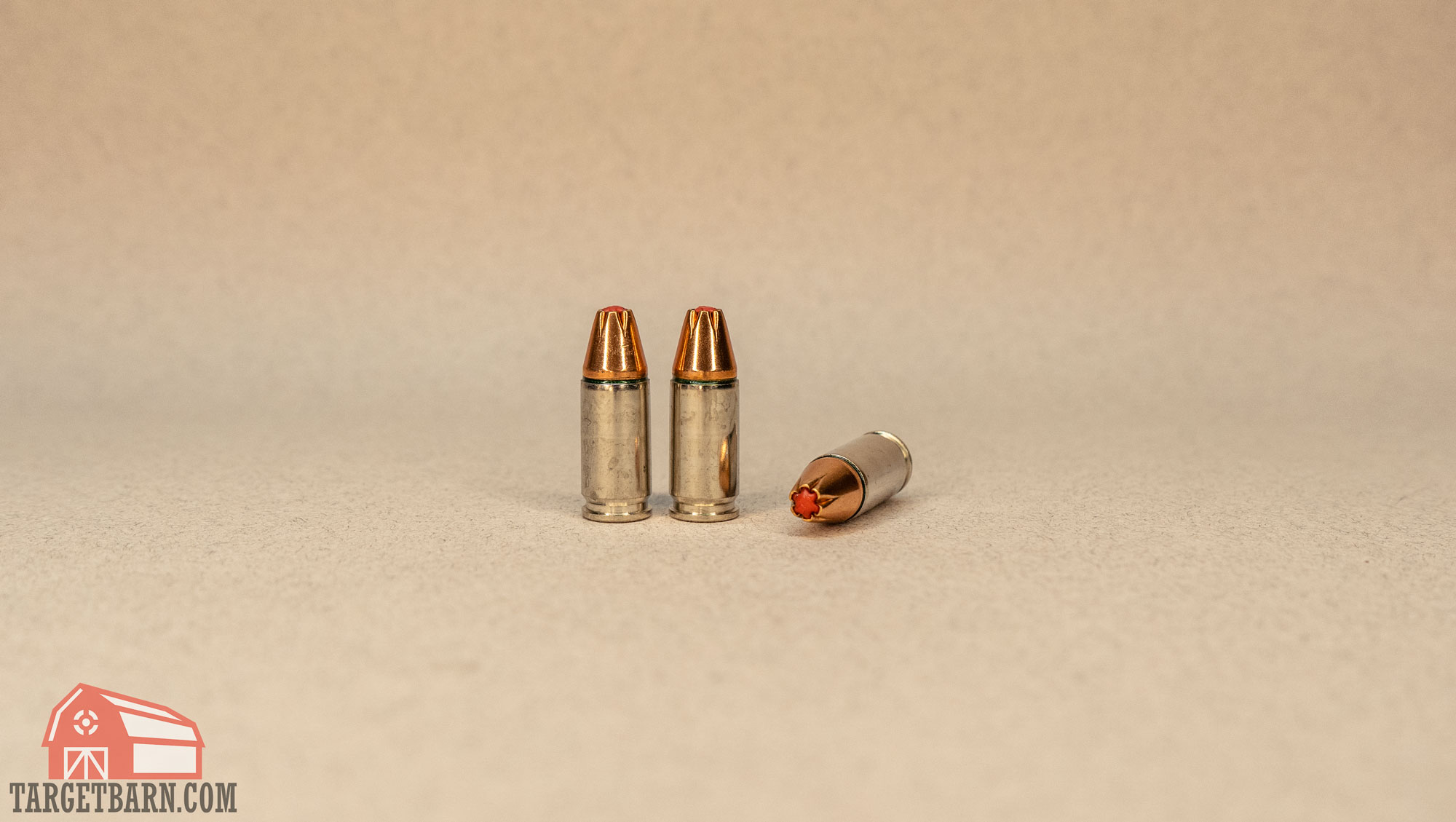
“Bullets which expand or flatten easily in the human body” are preferable for self-defense. That’s why most people choose jacketed hollow point (JHP) ammo for personal protection. By widening out as it penetrates soft tissue, a JHP does three things:
- Gouges out a broader wound channel
- Inflicts greater damage to surrounding soft tissues by exerting more of its energy outward
- Increases the chance that the bullet will stay inside the target instead of passing through it
Reducing the risk of over-penetration is of especial importance when innocent by-standers are nearby.
Now, to be sure, your objective during a self-defense scenario isn’t to kill the threat. It is to neutralize (i.e. incapacitate) the threat as quickly as possible, thus minimizing the threat’s chances of harming you. Fractions of a second can make all the difference during a life-or-death altercation, which is why we advise against using slightly less injurious ball ammo for self-defense.
When Should You Shoot Ball Ammo?
Use ball ammo for plinking and target practice. It’s relatively cheap thanks to its simpler FMJ bullet, and it’s generally just as reliable and accurate as ammo with expanding bullets. You should definitely test out your self-defense ammo before entrusting your life to it, but a steady diet of ball ammo is bound to turn any shooter a more competent marksman.

